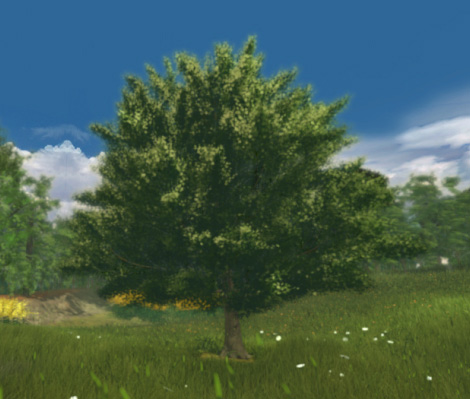Cells and nutrients
Nutrient absorption
Trees are called "autotrophic" organisms, since they themselves produce the sugars they need to build their tissues. But they also depend on nutrients from the soil: nitrogen, potassium, calcium, magnesium, phosphorus and others. These elements are needed to create certain essential molecules. Without them, it would be like putting together a jigsaw puzzle with missing pieces. Every cell in the tree has a set of proteins responsible for transporting these nutrients. And each of these nutrients is carried by a specific family of transporter proteins, which varies depending on the type of cell. A cell in the root epidermis will have a different sulphate transporter from the one in a leaf cell. On the other hand, these two separate transporters are both used only to carry sulphate. Talk about a complicated distribution system!
Buried treasure
Before you can take nutrients anywhere, though, you have to have them! Drawn from the soil by the roots, they are not usually in an easily available and usable form. The soil is often alkaline and tends to "stick" to acidic nutrients. As a result, the root cells must work very hard to find, reach and absorb the nutrients underground.





